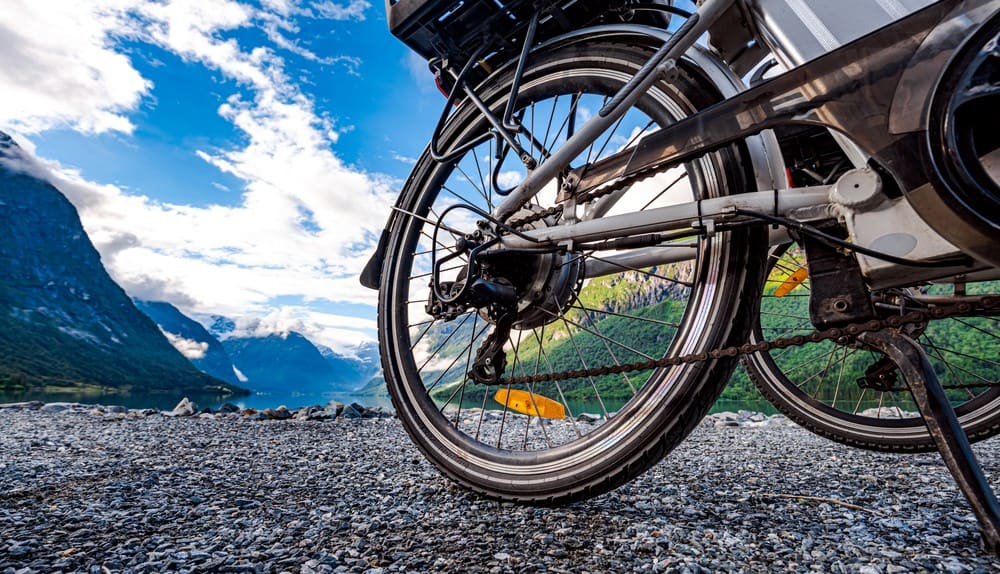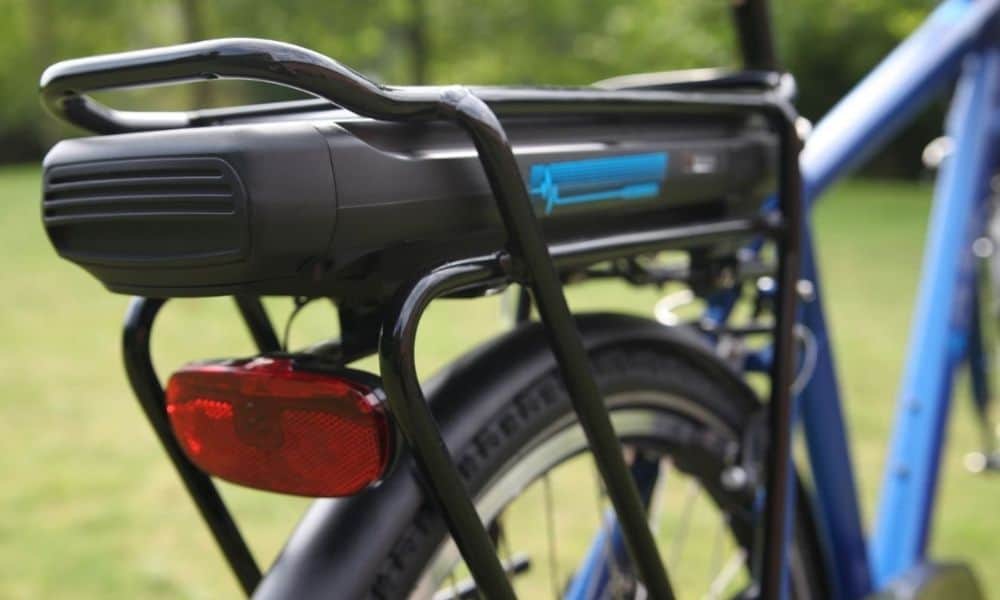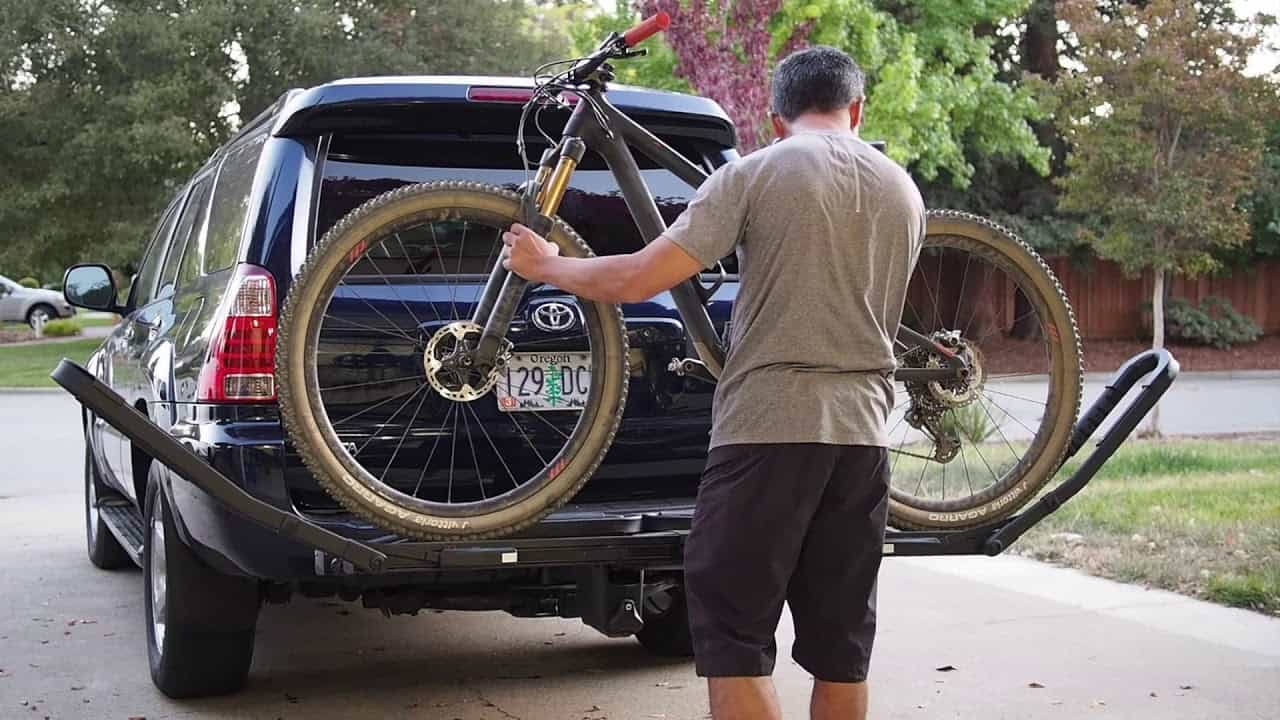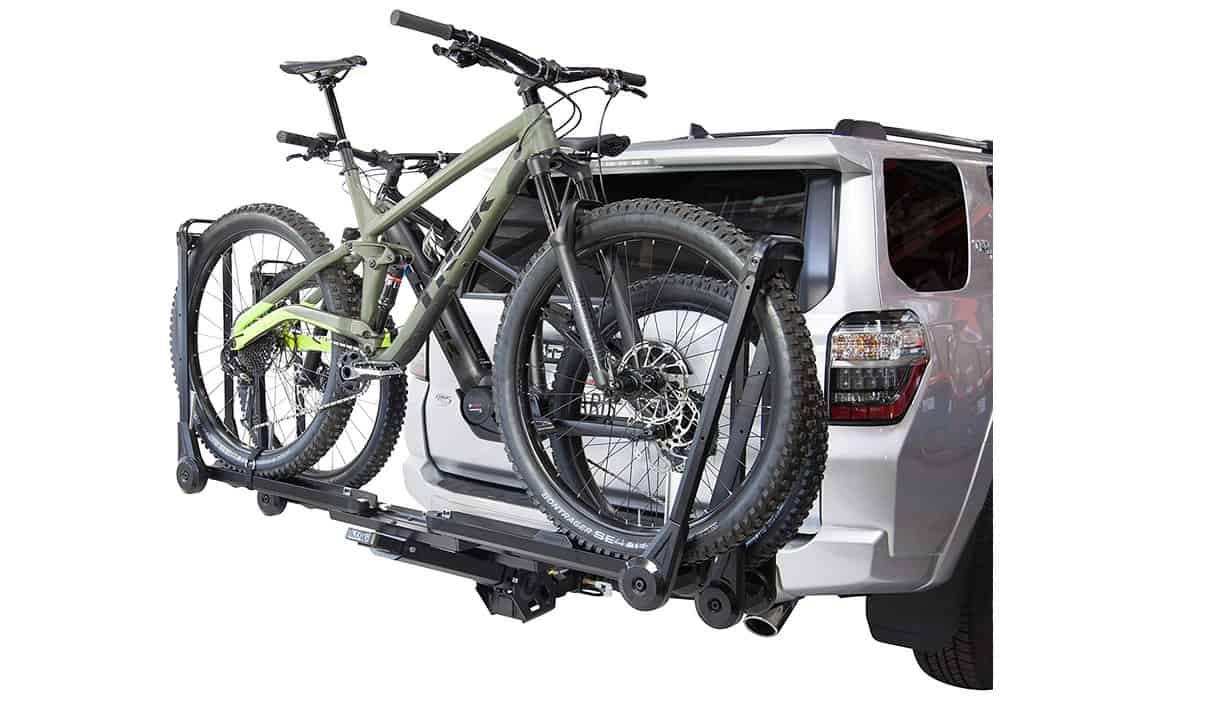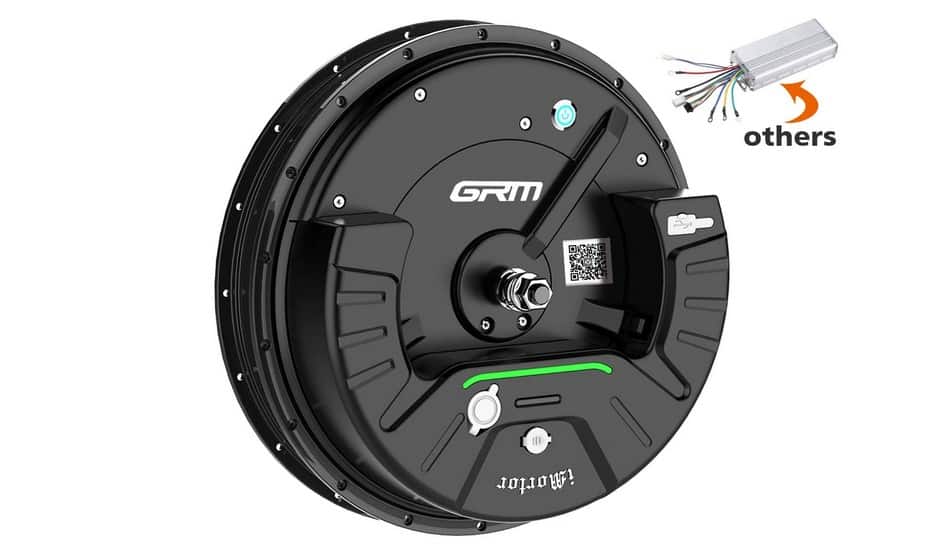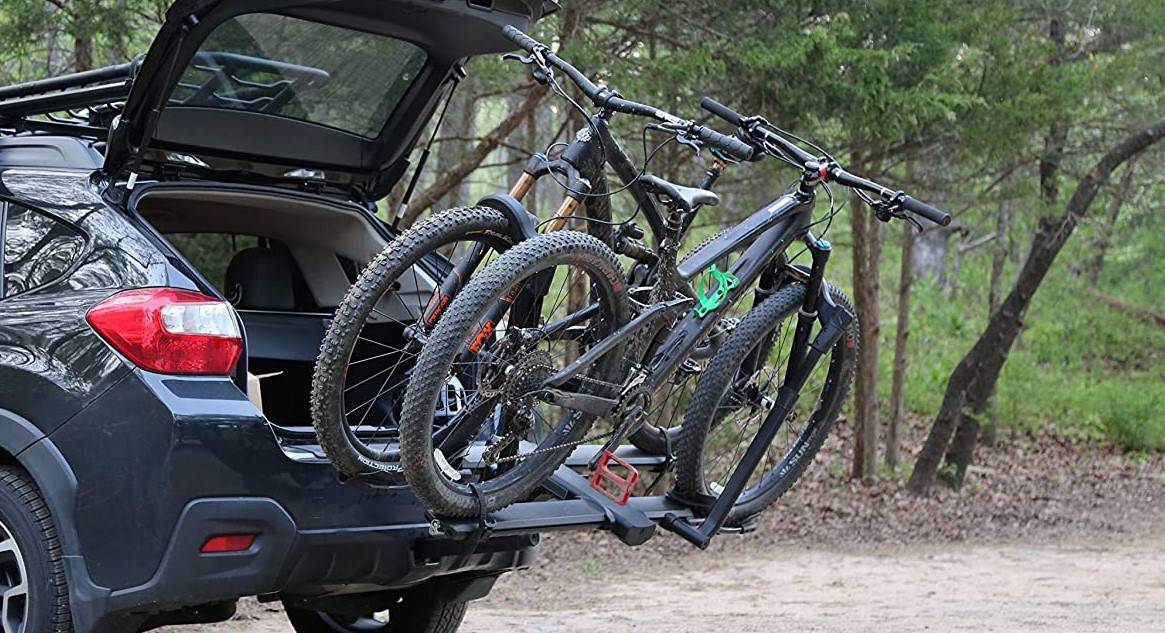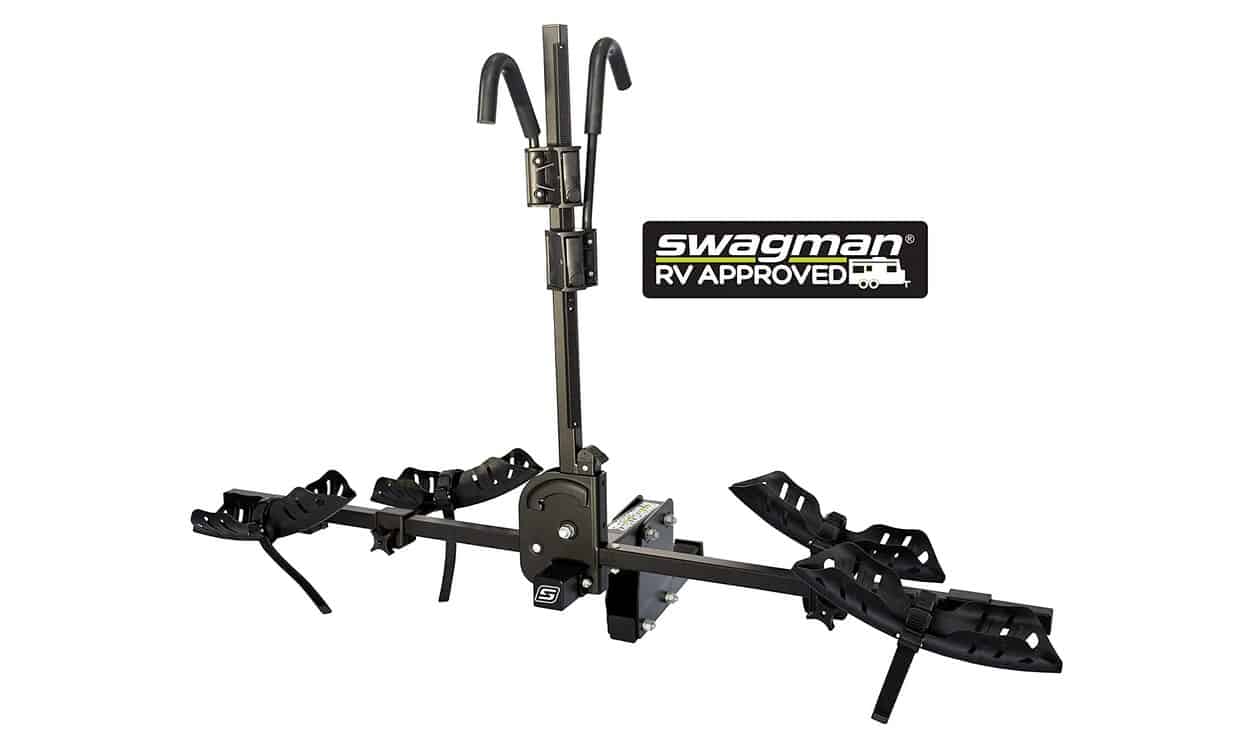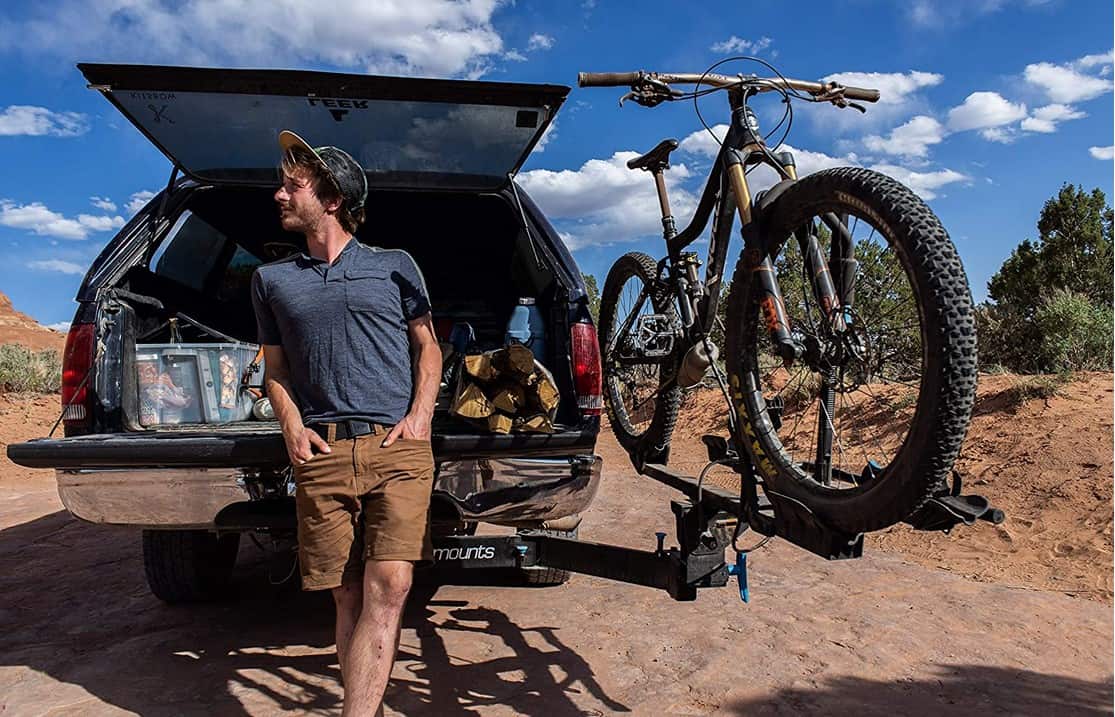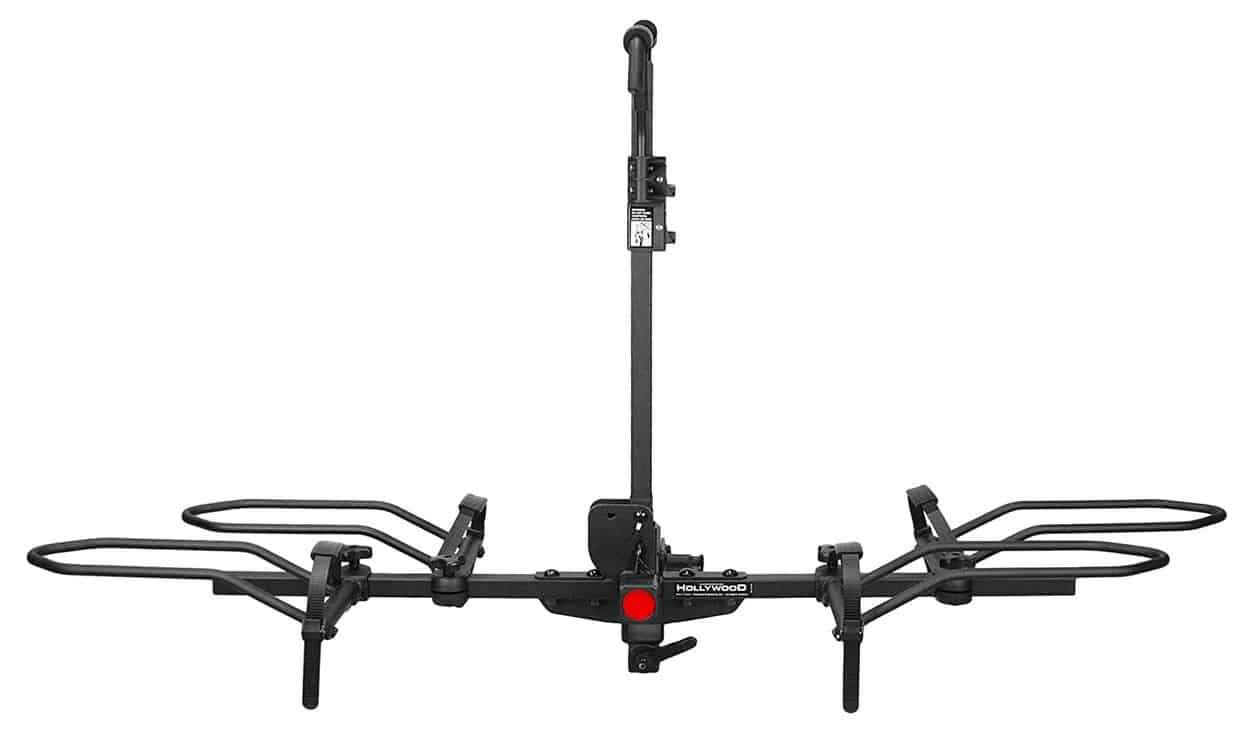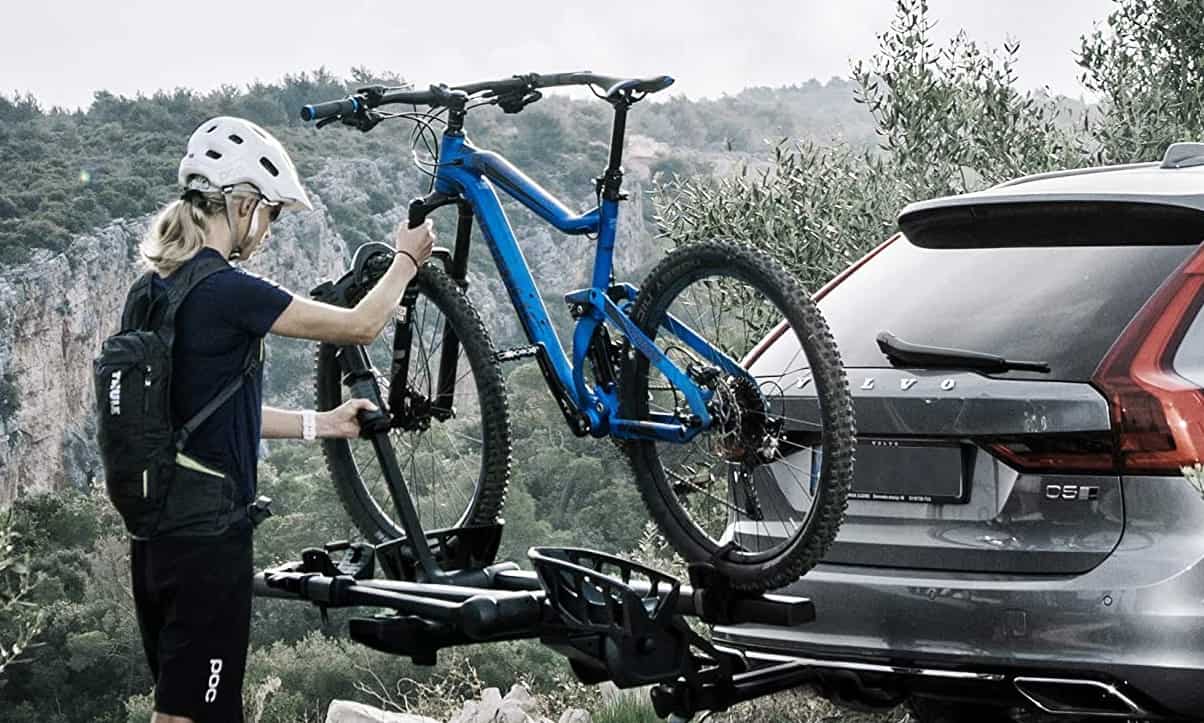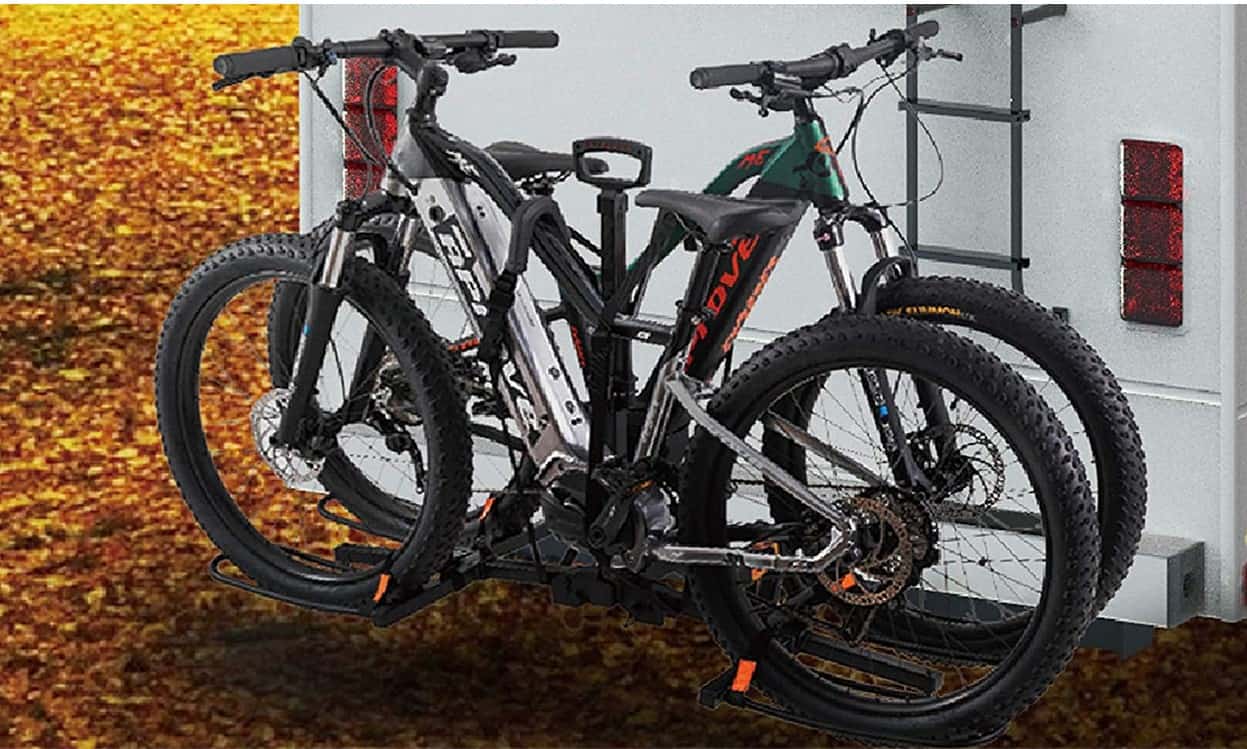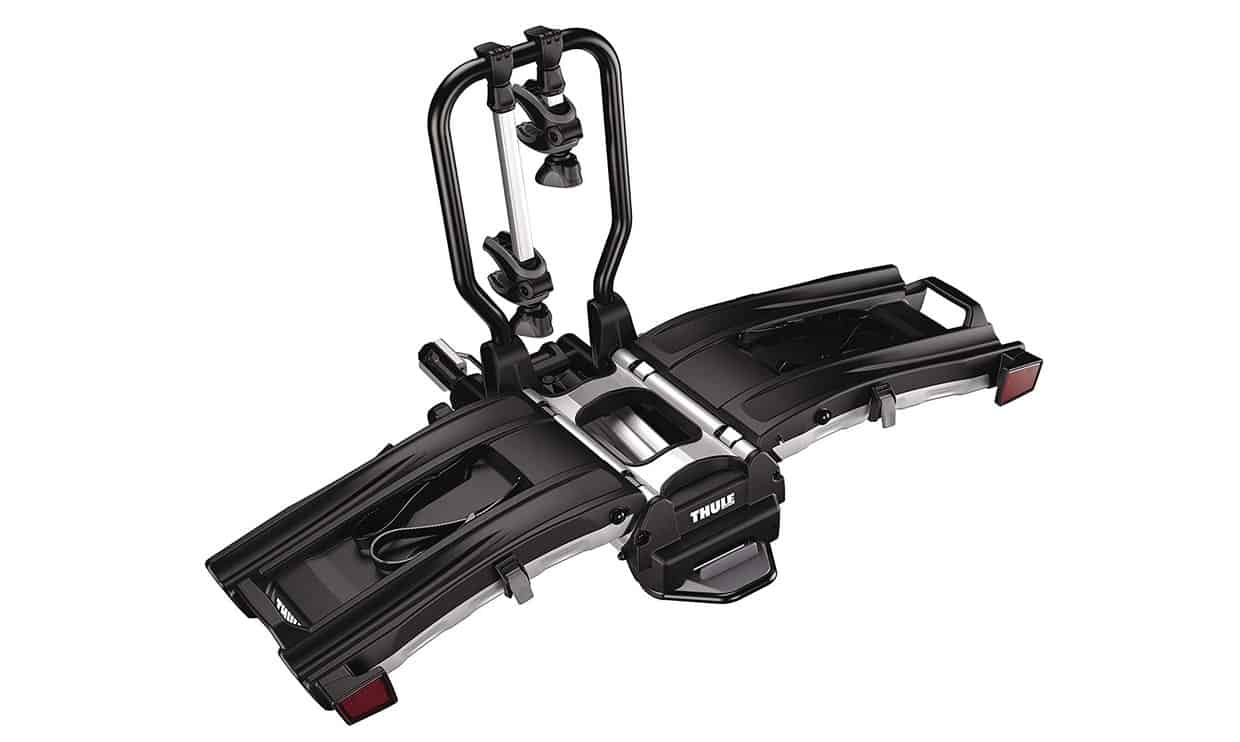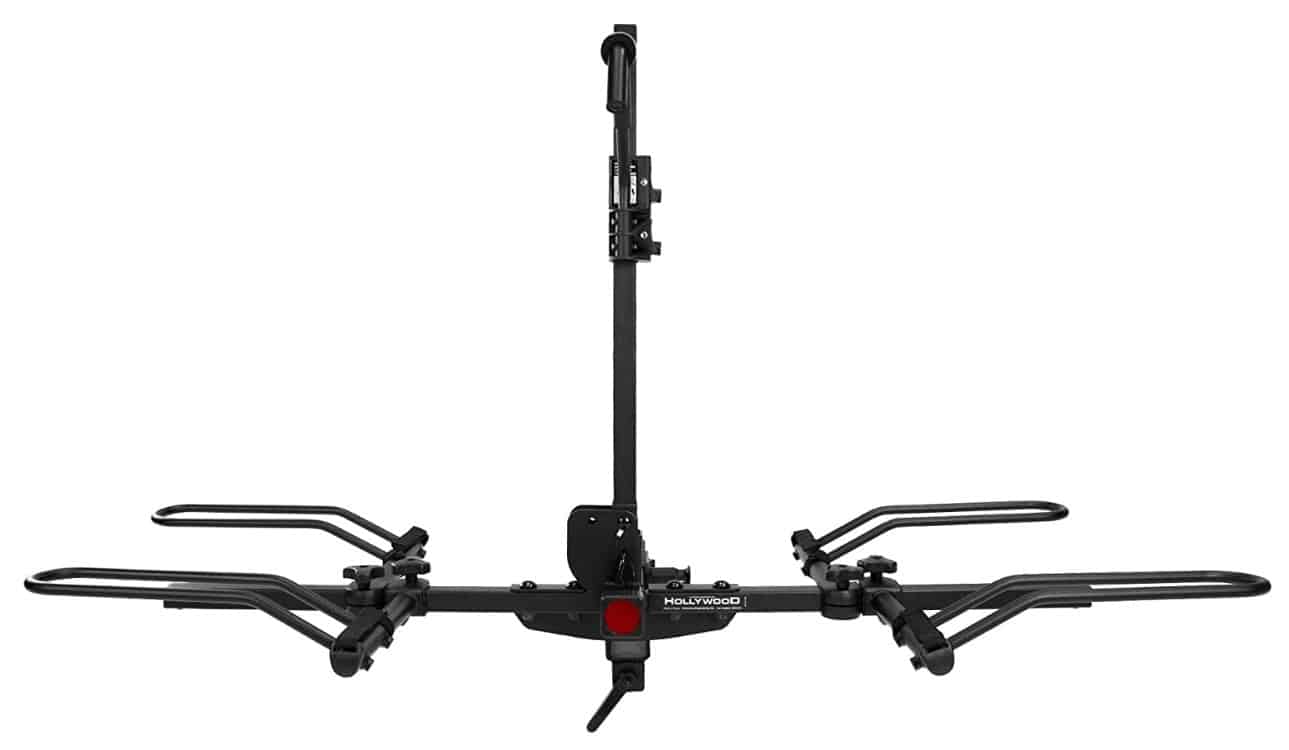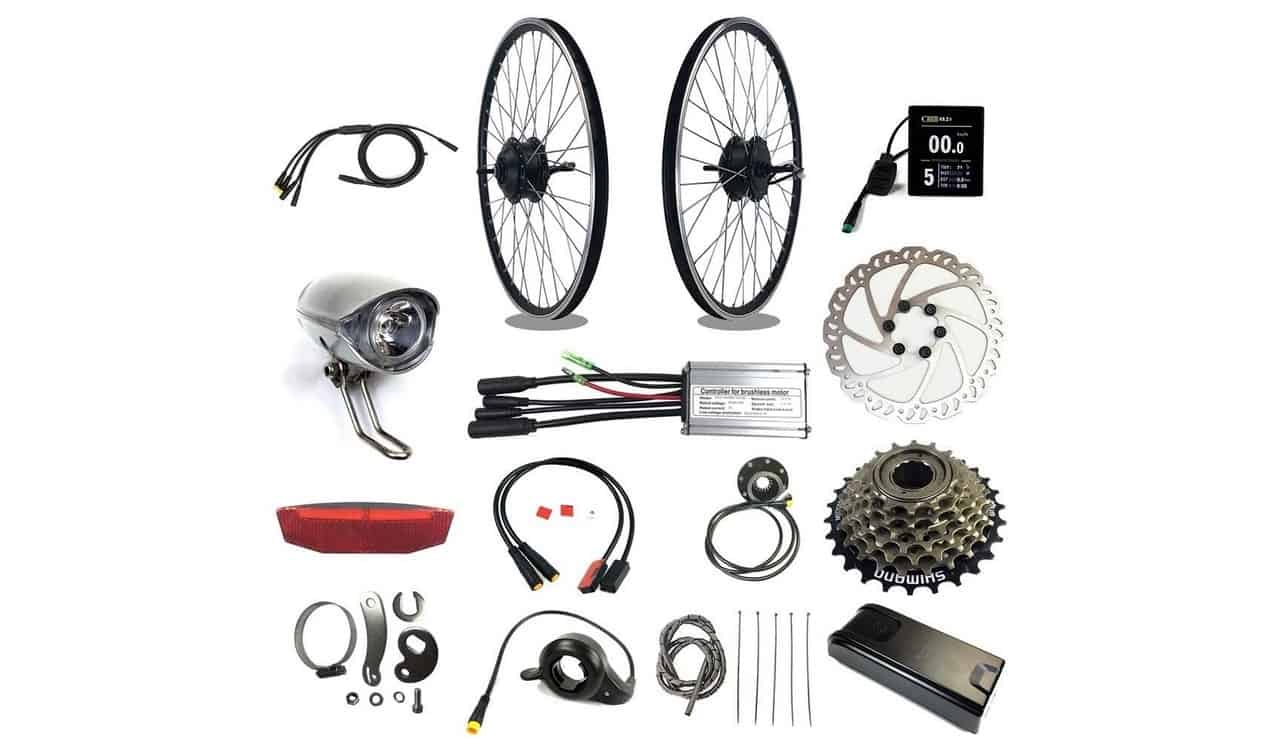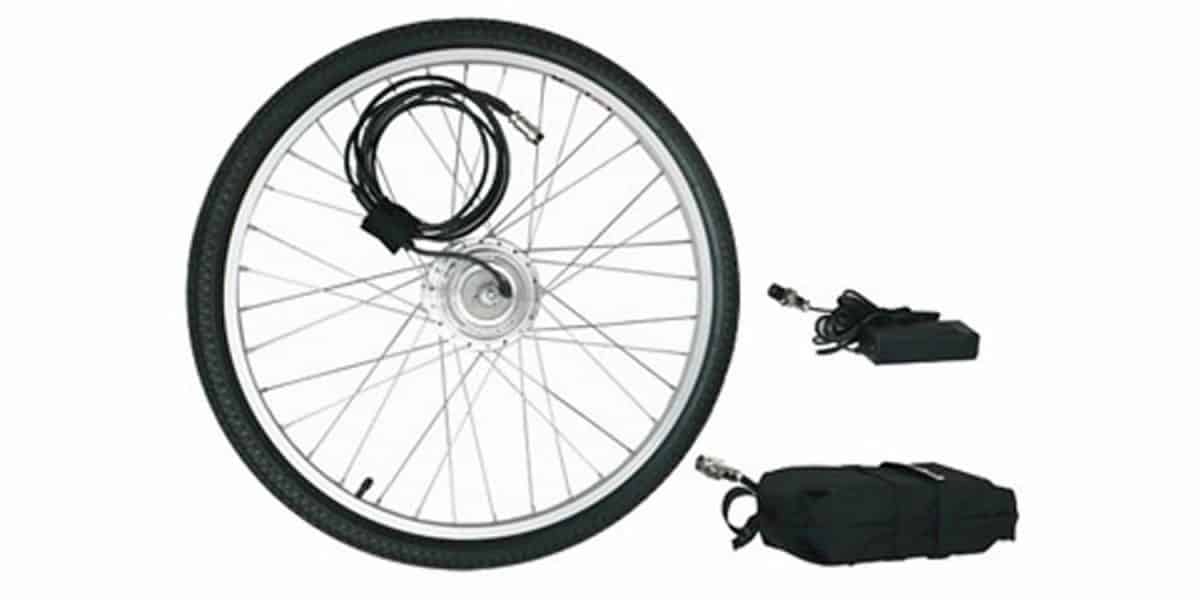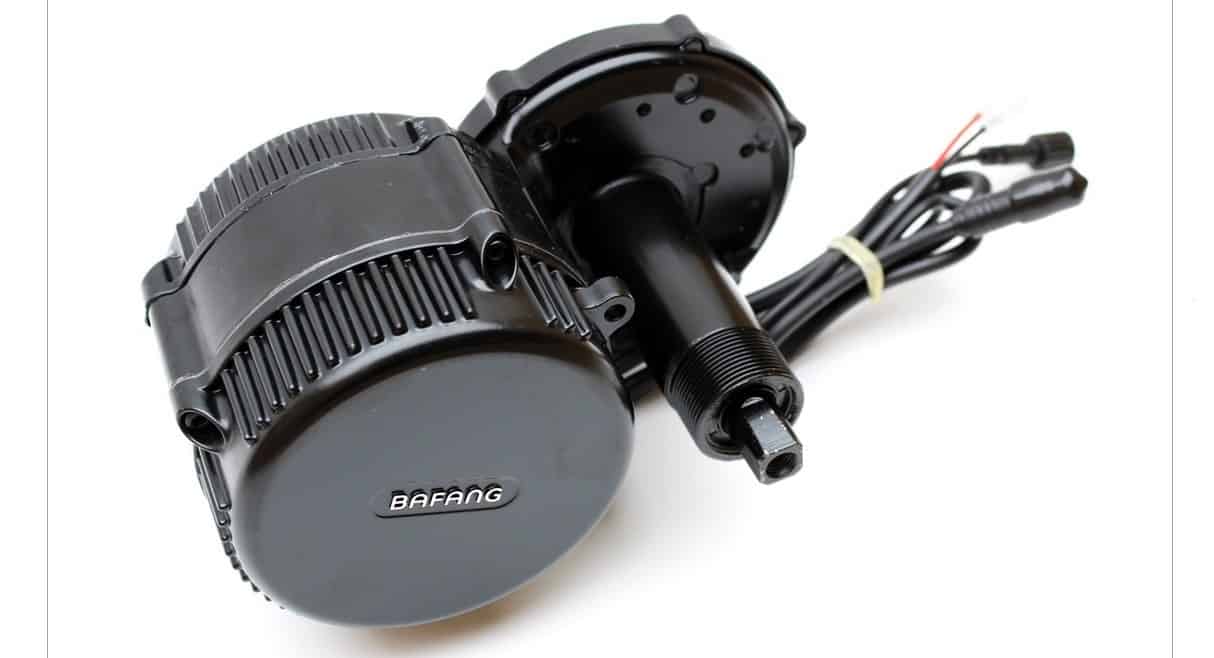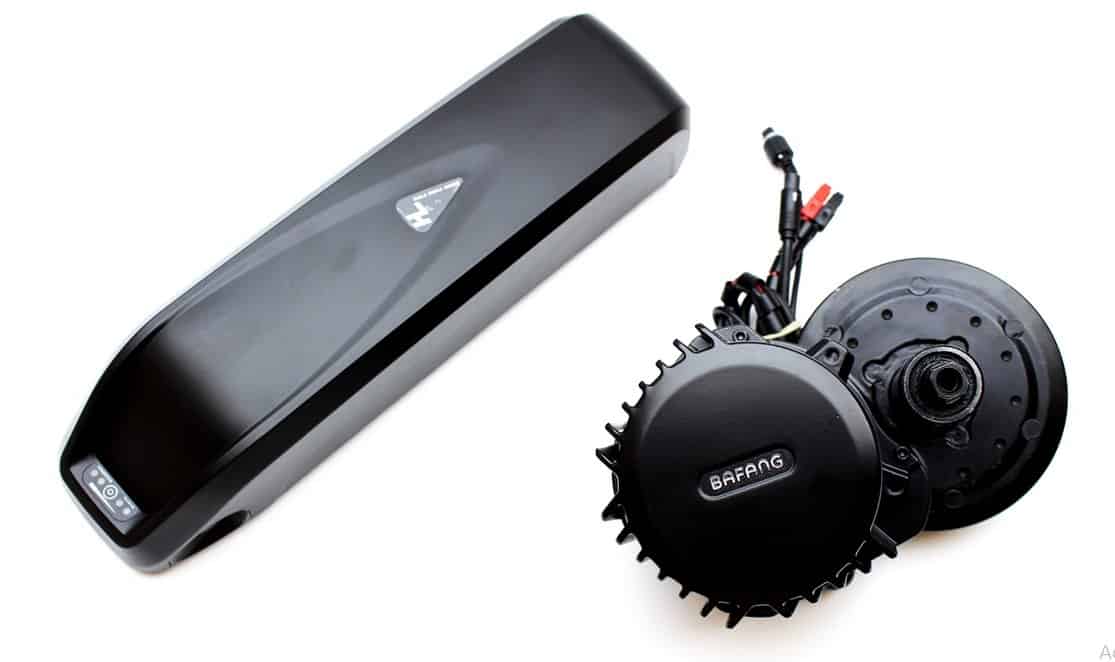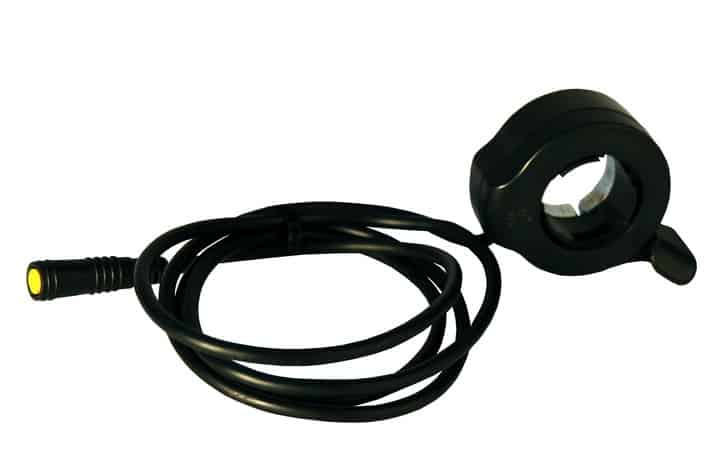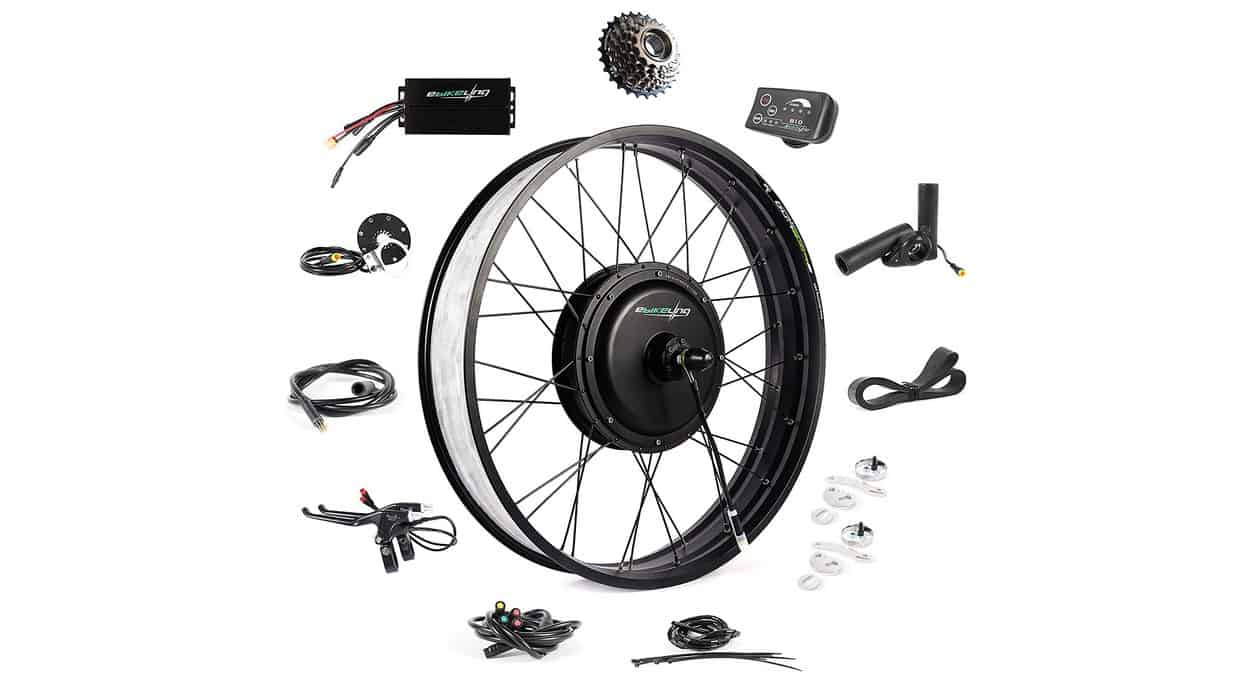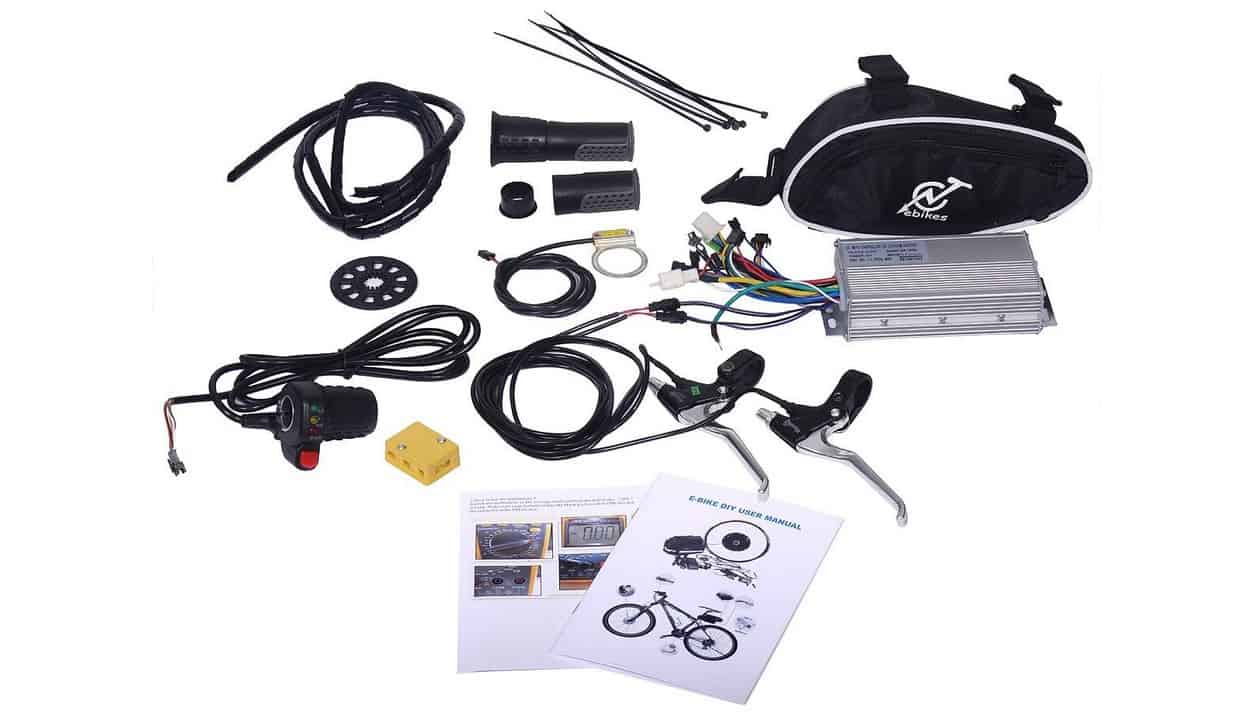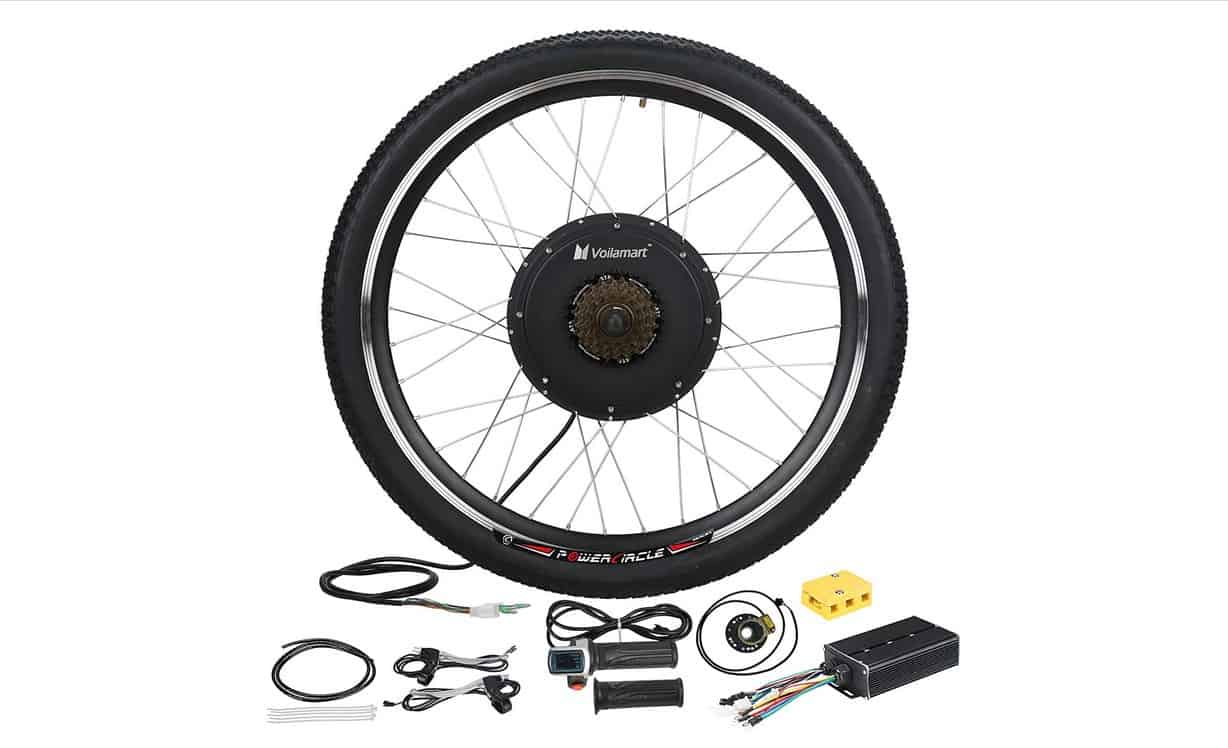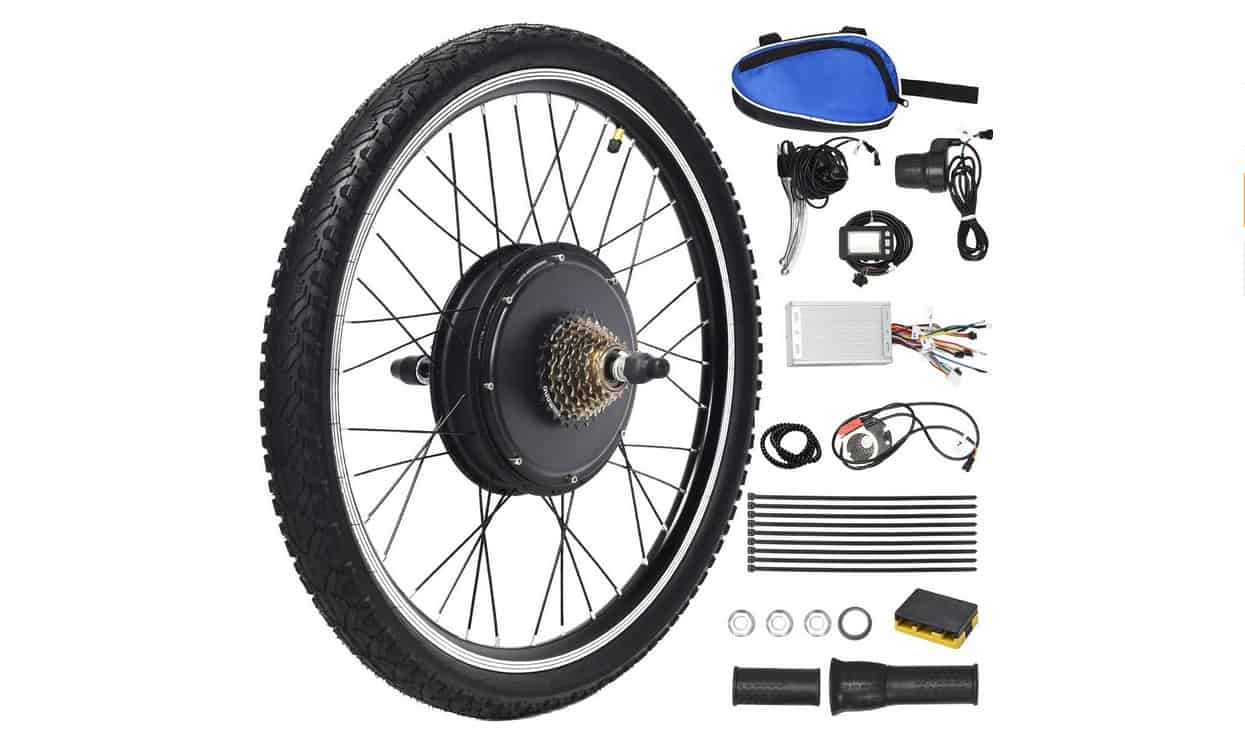If you have been shopping for the latest and greatest personal transportation vehicles, you have likely compared speed vs torque sensing electric bikes. The best electric bikes, after all, tend to include an advanced sensor or two. What do speed and torque sensors do and how do they differ? Keep reading to find out.
KEY TAKEAWAYS:
- Speed, torque, and cadence sensors are used to turn on an electric bike’s pedal-assist feature.
- Speed sensors turn the feature on when you go below a certain speed, while cadence sensors turn it on when you remove your foot from the pedal. Torque, however, constantly measures the force applied to the bike pedals.
- Torque sensors allow for a more fluid and natural control over the e-bike and an increase in battery life and maximum range, as electric power is preserved via pedal assistance.
Differences Between Speed and Torque Sensors
As the names suggest, speed sensors keep an eye on the speed of an electric bike while torque sensors measure how much torque is being created. Speed is self-explanatory but torque is defined as a certain amount of pressure applied on the e-bike’s pedals. Both of these sensors are used in electric bikes to tell the pedal-assist functionality when to turn on. A speed sensor, otherwise known as a cadence sensor, engages pedal-assist when a certain speed threshold is met while a torque sensor turns the pedal-assist feature on when a certain amount of pressure is felt on the pedals themselves.
Insider Tip
You may want to try out a torque-sensing bike before purchasing one to see if it is worth the added cost.
Pedal-assist is a feature found exclusively with electric bikes. It offers assistance to the rider when necessary, instead of throttling the whole time, thus giving the rider the option for manual control. If you are comparing a motorcycle vs an electric bike, for instance, you will find that the former includes no pedal-assist.
Here are some more ways in which speed and torque sensors differ.
Precision
Torque-sending bikes are more precise than speed sensors, as torque sensors measure the actual force placed on the pedal at more than 1,000 times per second. The necessary adjustments are then made in real-time, allowing the electric bike to feel as though it is an extension of the rider. Speed sensors, on the other hand, kick pedal-assist on when you go below a certain pre-determined speed, which is precise in a way, though not as nuanced as a torque sensor. A torque sensor combined with a throttle mechanism with nuanced control adds up to a supreme riding experience. As for throttling, you may want to compare a thumb throttle vs a twist throttle in an electric bike.
Battery Life
Due to the nuance offered with a torque sensor bike, you will see an increase in battery life over speed or cadence sensors. Why is this? The motor will only engage when necessary.
F.A.Q.S
But are torque sensors worth the extra money?
Torque-sensing bikes let you really adjust the assist level on the fly, allowing for many levels of pedal assist. However, they are more expensive than speed-sensing bikes. It is up to you if they are worth the extra money.
Should I buy a bike with a mid-drive motor or a hub motor?
Either option will be great, especially when compared to regular bikes without electric assist and related features.
So are torque sensors always better?
Torque offers one of the best pedal assist systems and will be the best pedal-assist bike in most instances.
STAT: Torque sensors and power controls were developed in the late 1990s. (source)

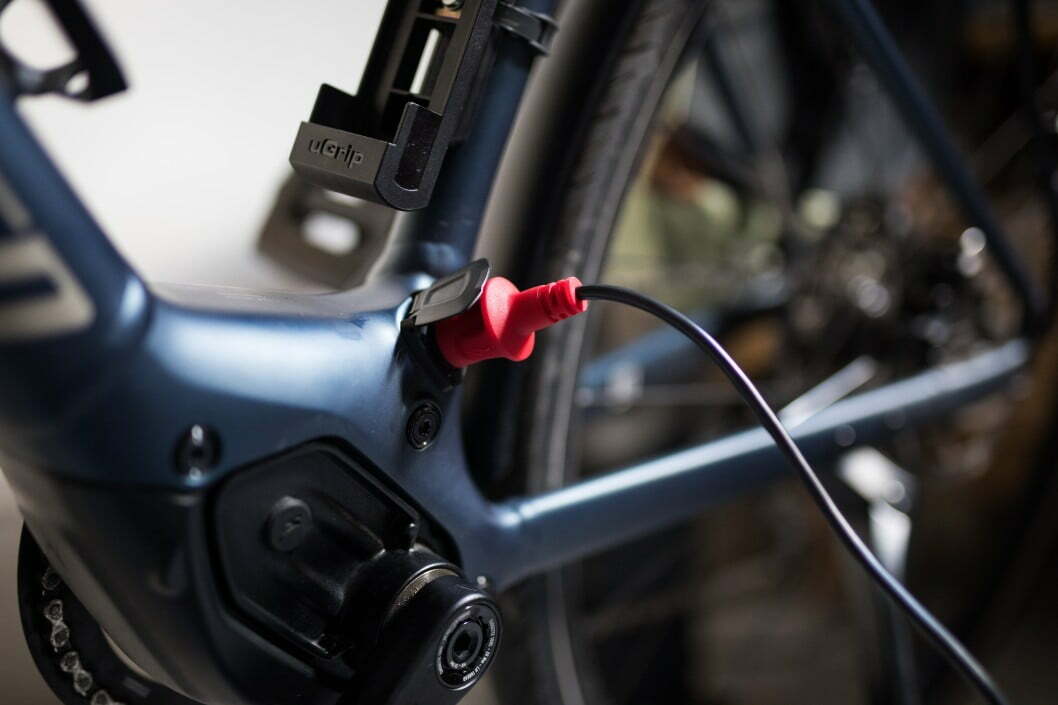













![Best Batteries for Electric Bikes in [year] 7 Best Batteries for Electric Bikes in 2026](https://www.gadgetreview.dev/wp-content/uploads/best-battery-for-electric-bike.jpeg)
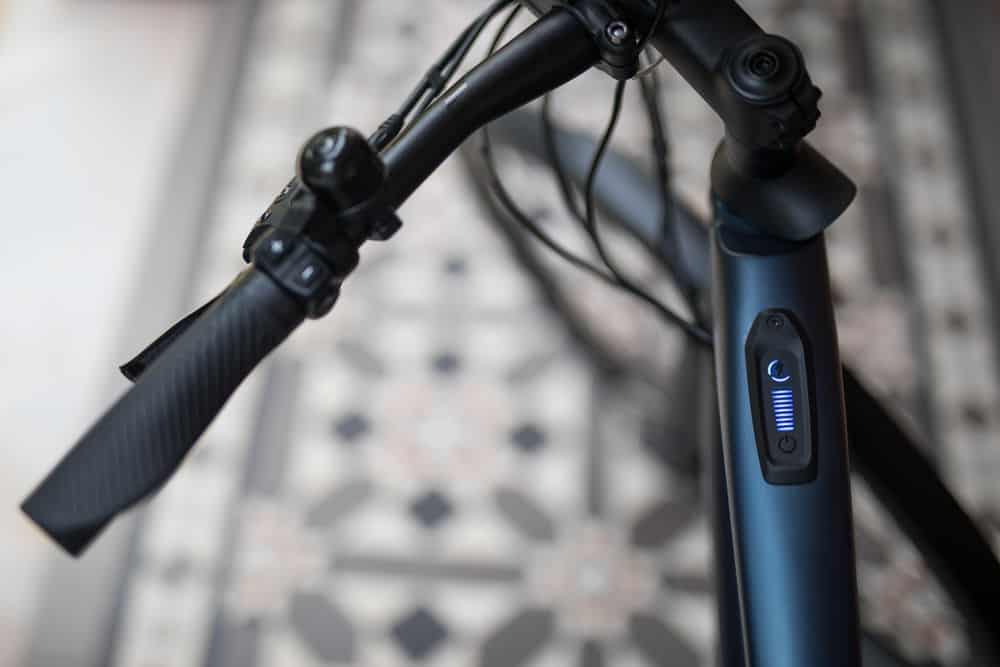
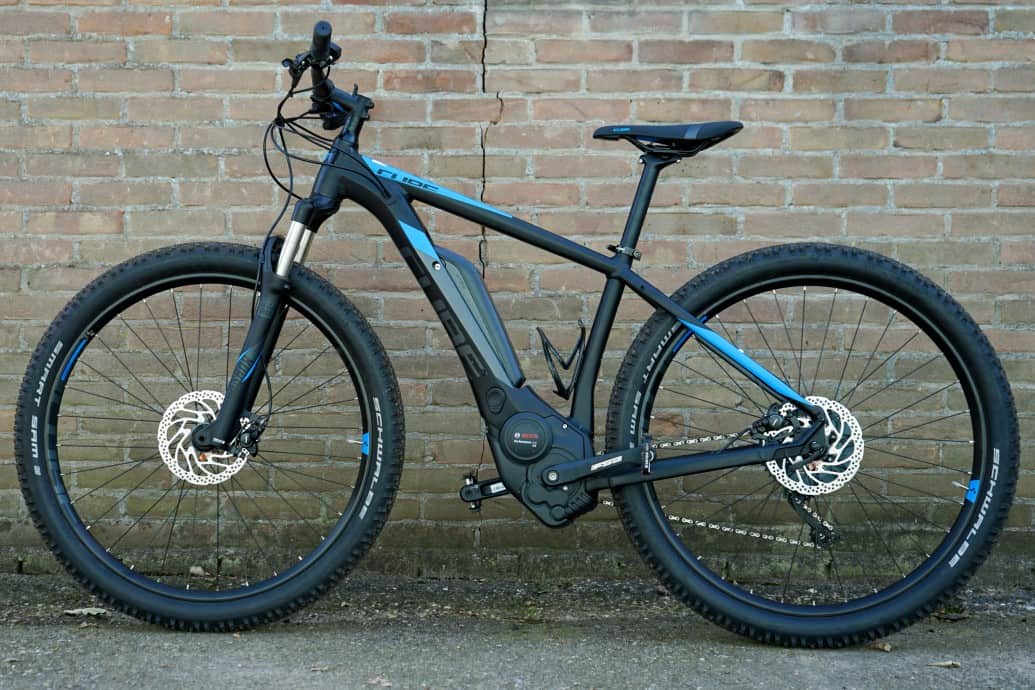
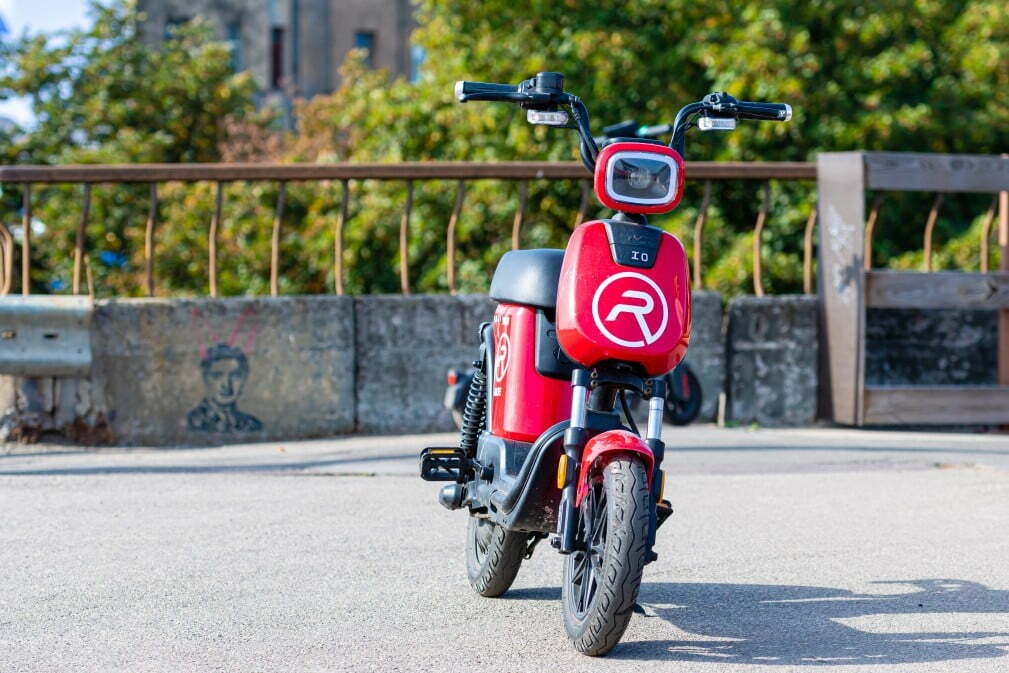
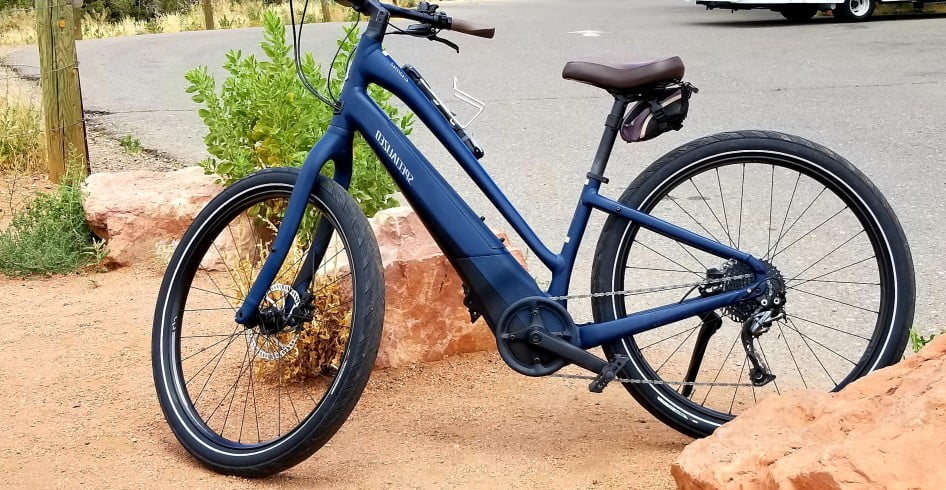
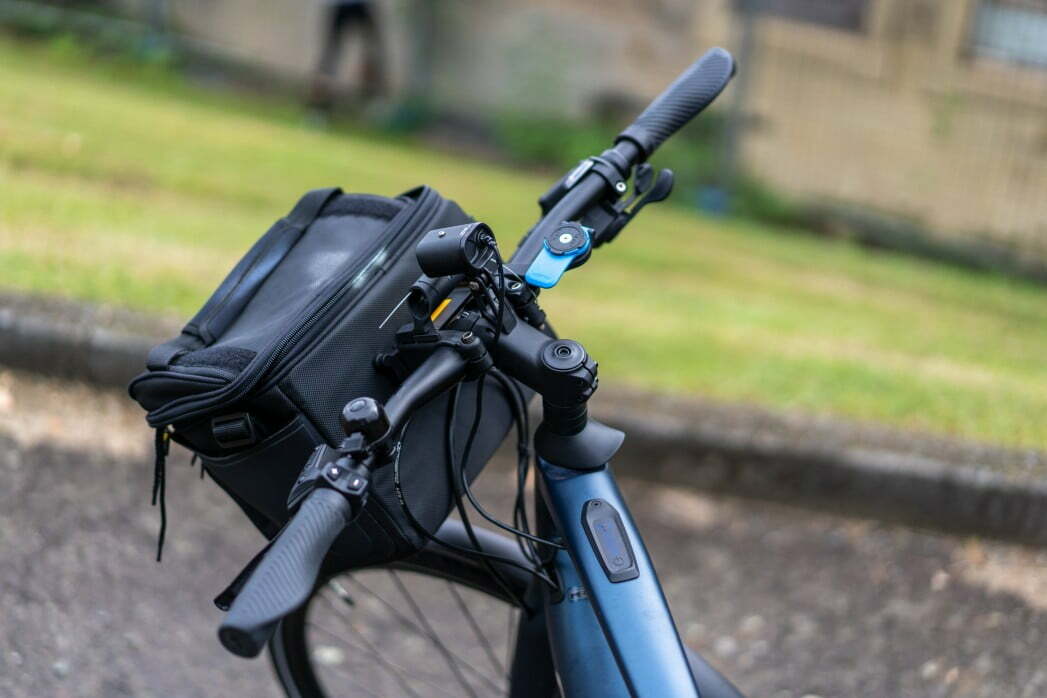
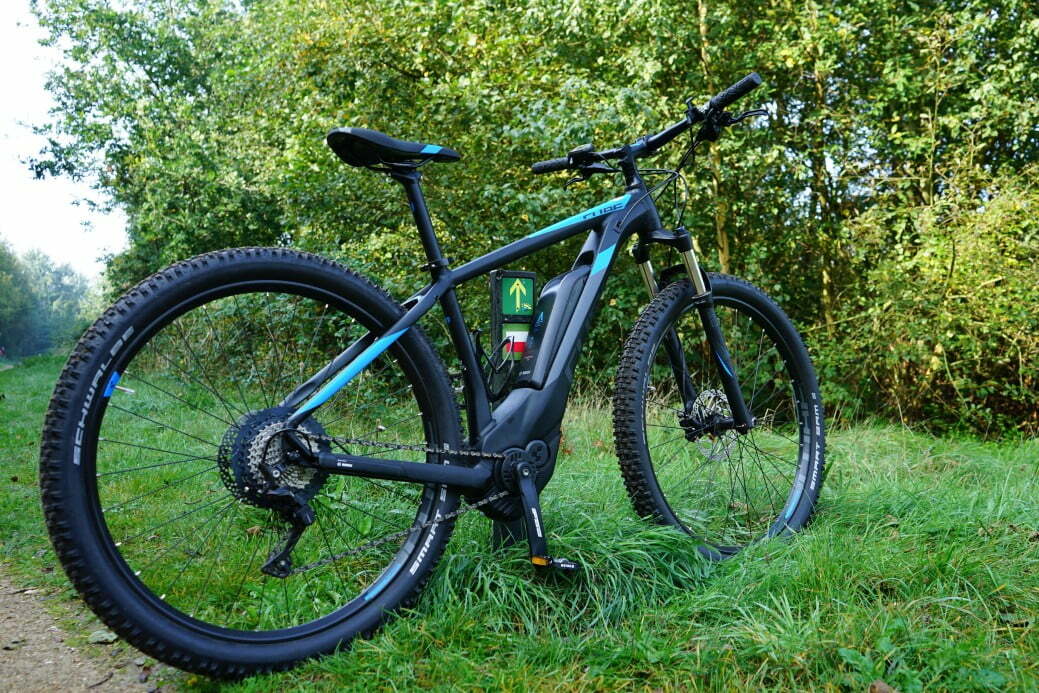
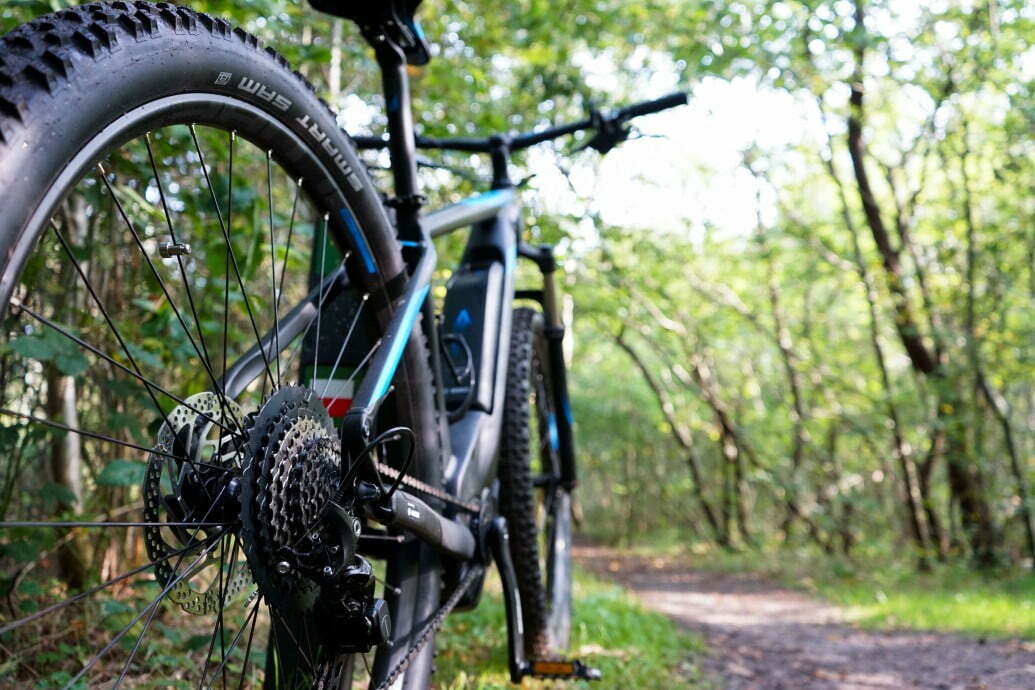
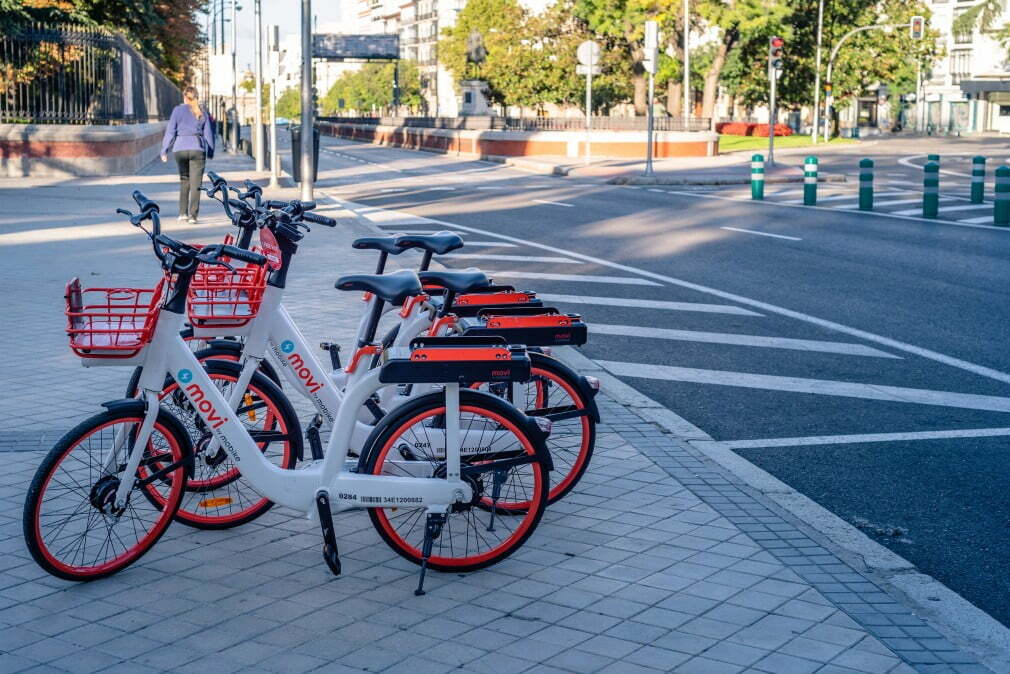

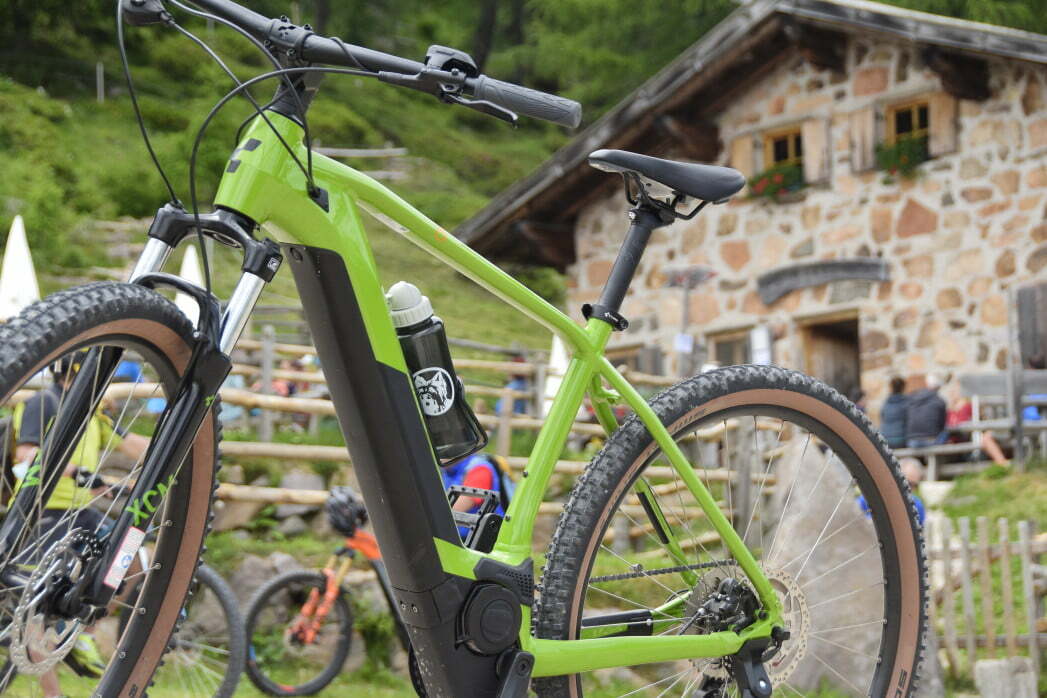
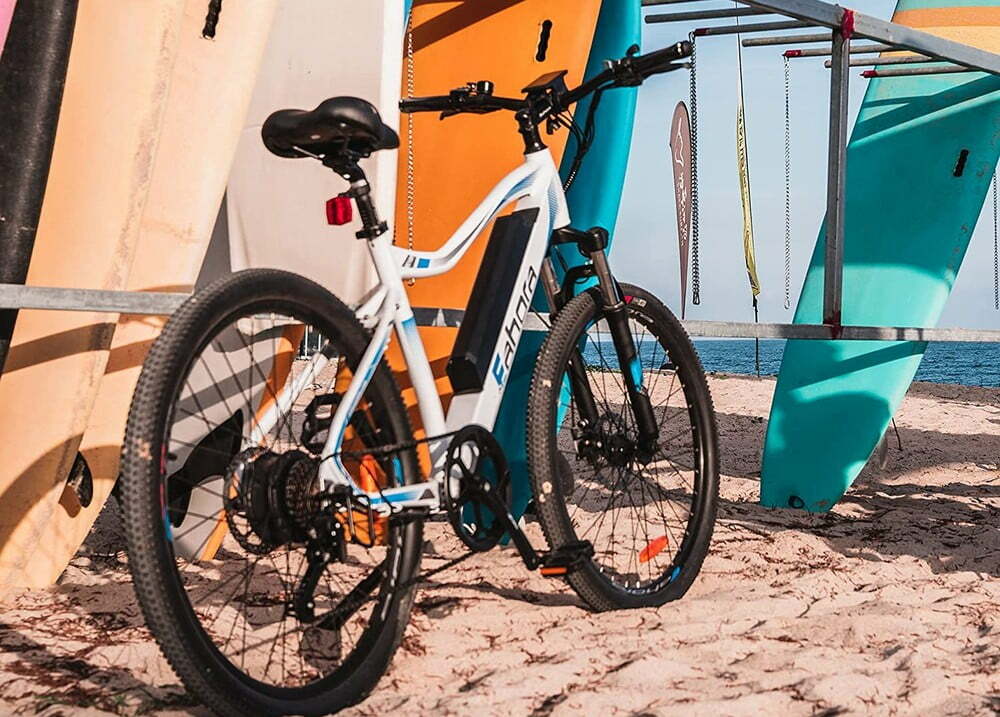
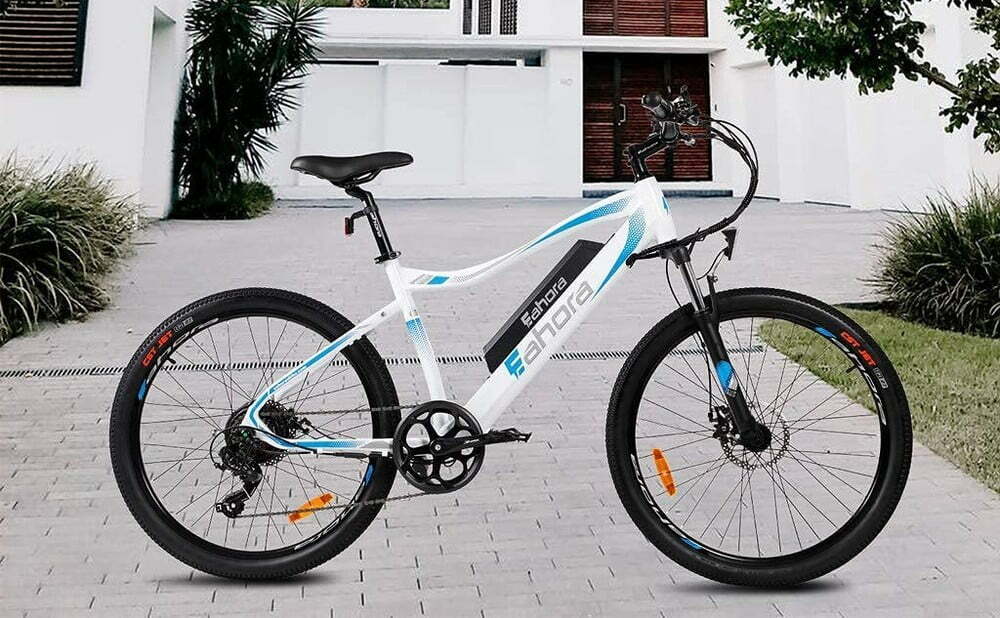
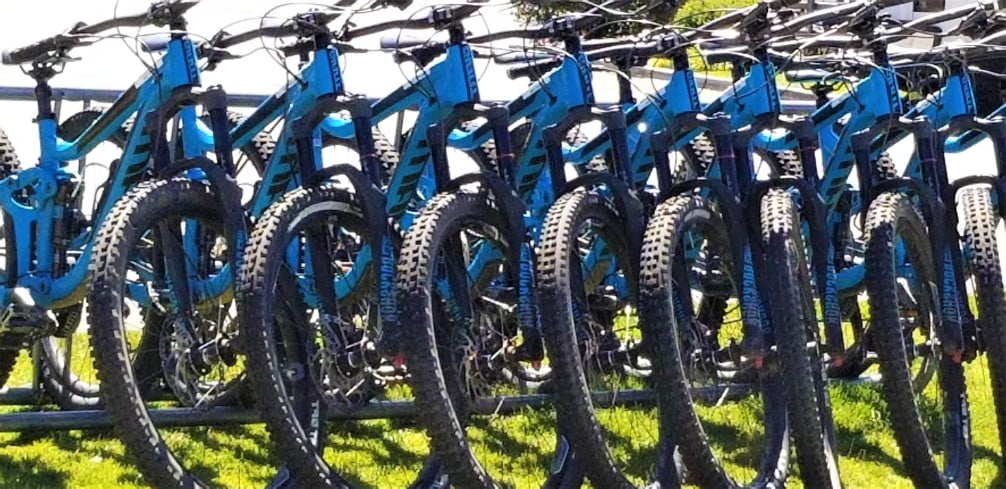

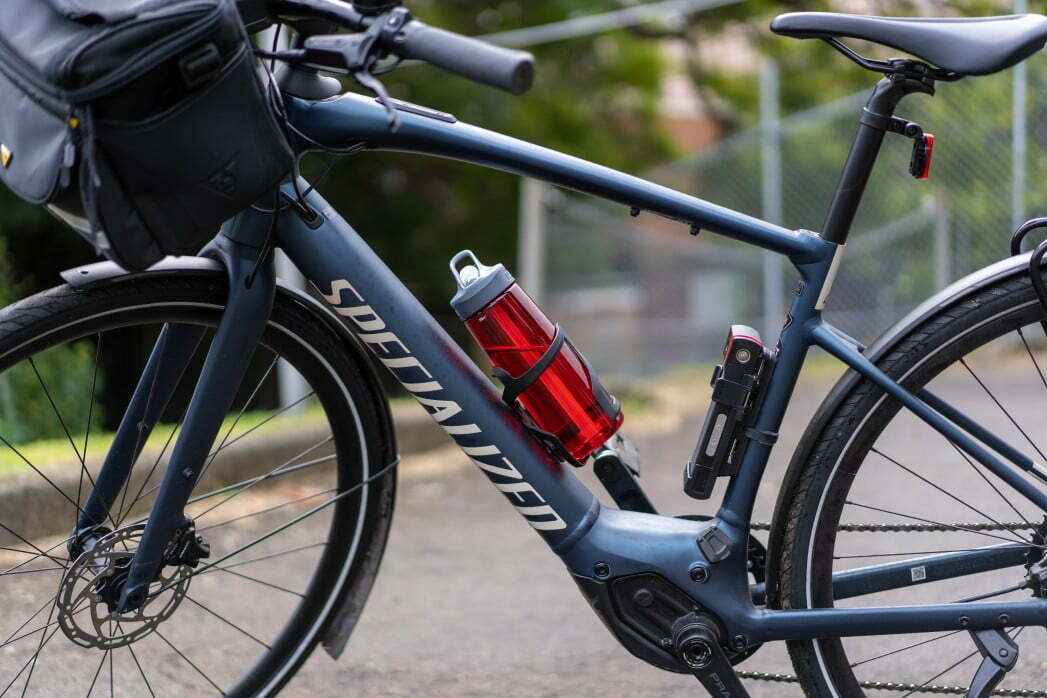
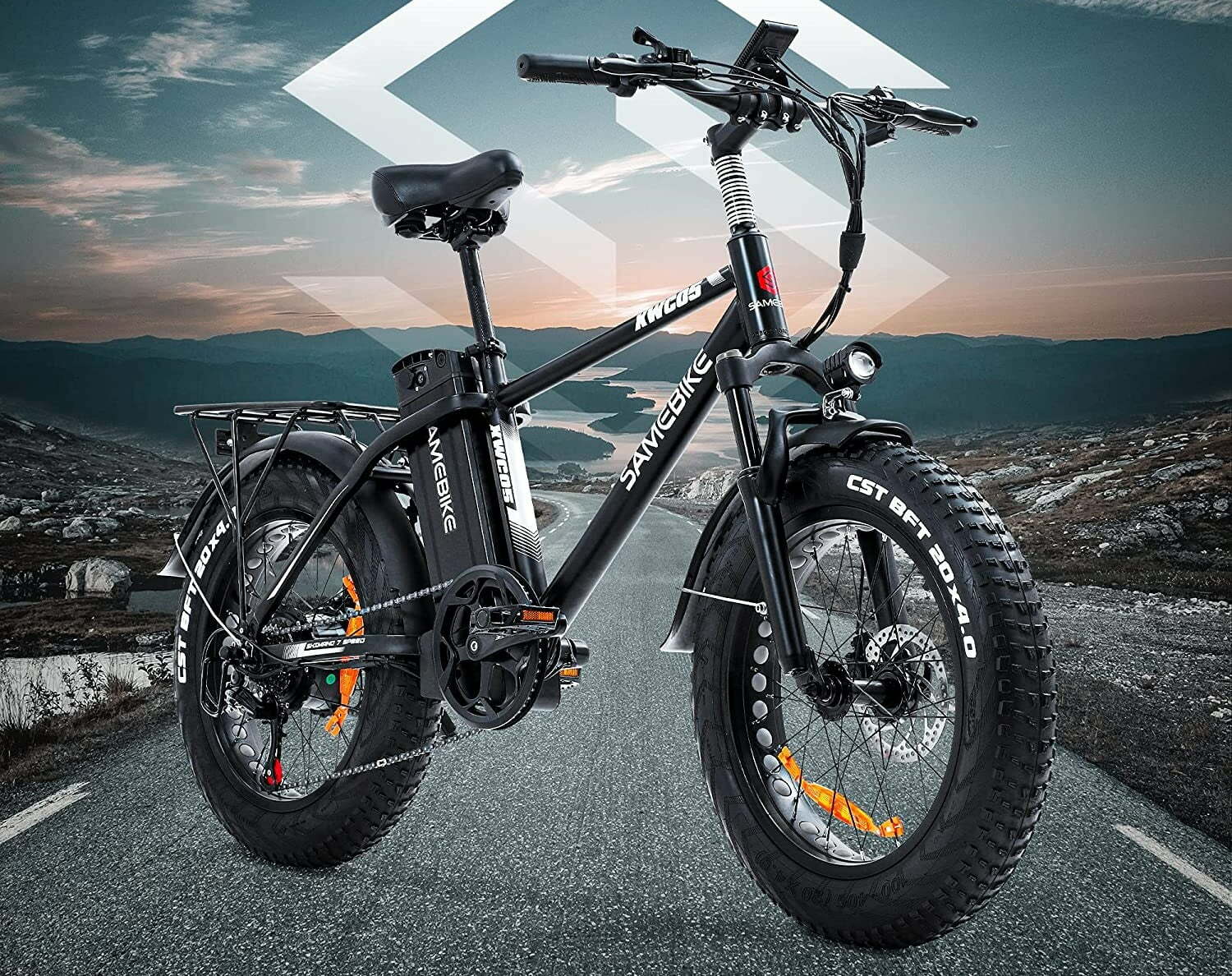
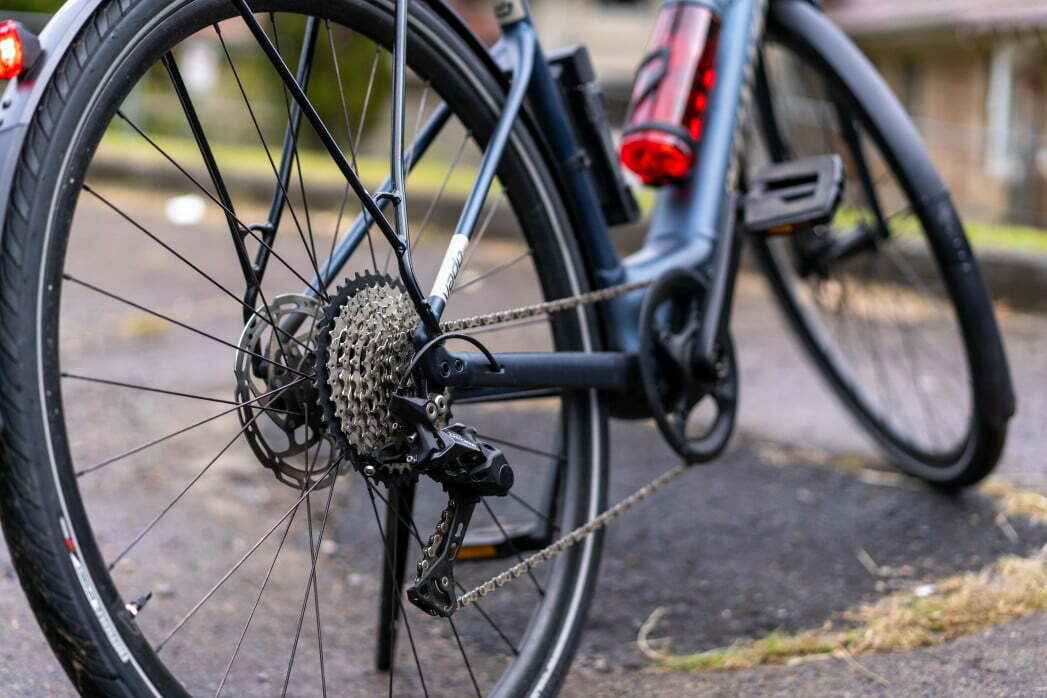
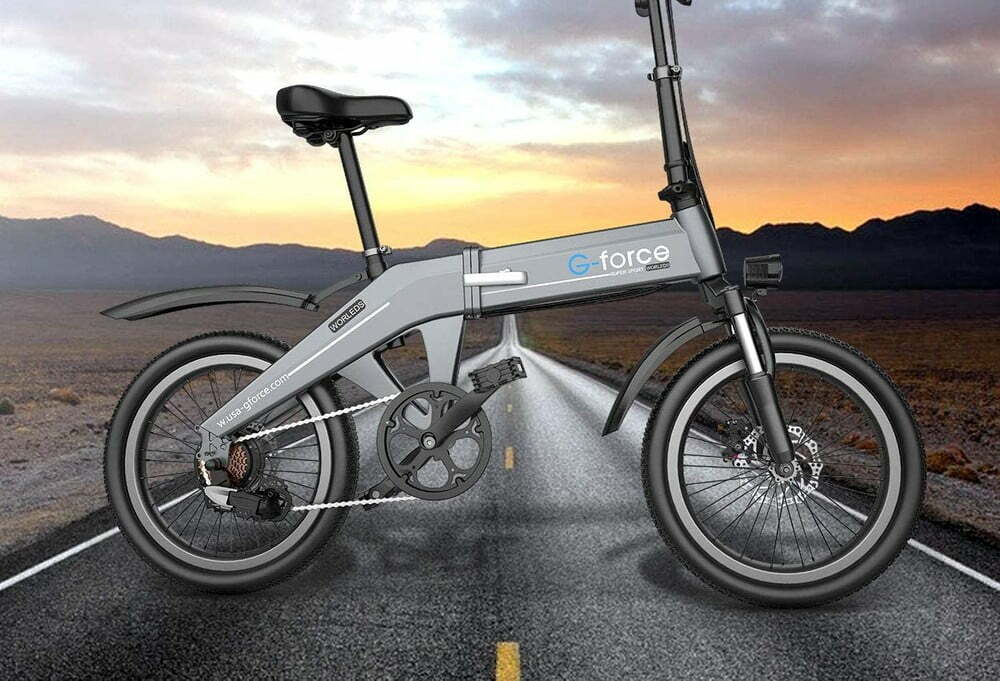
![Best Electric Bike in [year] ([month] Reviews) 27 Best Electric Bike in 2026 (January Reviews)](https://www.gadgetreview.dev/wp-content/uploads/elby-s9-750x422-1.png)
![Best Bikes in [year] ([month] Reviews) 28 Best Bikes in 2026 (January Reviews)](https://www.gadgetreview.dev/wp-content/uploads/cheapest-electric-bikes-1.jpg)
![Best Front Drive Electric Motor Bikes in [year] 29 Best Front Drive Electric Motor Bikes in 2026](https://www.gadgetreview.dev/wp-content/uploads/best-front-drive-electric-motor-bikes-image.jpg)
![Best Cannondale Electric Bikes in [year] 30 Best Cannondale Electric Bikes in 2026](https://www.gadgetreview.dev/wp-content/uploads/best-cannondale-electric-bikes-image.jpg)
![Best Luna Cycle Electric Bikes in [year] 31 Best Luna Cycle Electric Bikes in 2026](https://www.gadgetreview.dev/wp-content/uploads/Luna-Cycle-Apex-Electric-Bike.webp)
![Best Rad Power Electric Bikes in [year] 32 Best Rad Power Electric Bikes in 2026](https://www.gadgetreview.dev/wp-content/uploads/best-rad-power-electric-bikes-image.jpg)
![Best Rear Drive Motor Electric Bikes in [year] 33 Best Rear Drive Motor Electric Bikes in 2026](https://www.gadgetreview.dev/wp-content/uploads/best-rear-drive-motor-electric-bikes-image.jpg)
![Best Ebike Conversion Kits in [year] 34 Best Ebike Conversion Kits in 2026](https://www.gadgetreview.dev/wp-content/uploads/best-ebike-conversion-kit.jpg)
![Best Electric Bike Locks in [year] 35 Best Electric Bike Locks in 2026](https://www.gadgetreview.dev/wp-content/uploads/best-electric-bike-locks-image.jpg)
![Ebikes with Longest Range in [year] 36 Ebikes with Longest Range in 2026](https://www.gadgetreview.dev/wp-content/uploads/best-ebike-with-longest-range-image.jpg)
![Best Electric Bike Trailers in [year] 37 Best Electric Bike Trailers in 2026](https://www.gadgetreview.dev/wp-content/uploads/best-electric-bike-trailers-image.jpg)
![Best Bike Rack for Electric Bikes in [year] 38 Best Bike Rack for Electric Bikes in 2026](https://www.gadgetreview.dev/wp-content/uploads/best-bike-rack-for-electric-bikes-image.jpg)
![Best Electric Bike Helmets in [year] 39 Best Electric Bike Helmets in 2026](https://www.gadgetreview.dev/wp-content/uploads/best-electric-bike-helmets-image.jpg)
![Best Throttle Electric Bikes in [year] 40 Best Throttle Electric Bikes in 2026](https://www.gadgetreview.dev/wp-content/uploads/best-throttle-electric-bike-image.jpg)
![Lightest Electric Bikes in [year] 41 Lightest Electric Bikes in 2026](https://www.gadgetreview.dev/wp-content/uploads/lightest-electric-bike-image.jpg)
![Best Schwinn Electric Bikes in [year] 42 Best Schwinn Electric Bikes in 2026](https://www.gadgetreview.dev/wp-content/uploads/Electric-Bikes-image.jpg)
![Best All Terrain Electric Bikes in [year] 43 Best All Terrain Electric Bikes in 2026](https://www.gadgetreview.dev/wp-content/uploads/best-all-terrain-electric-bike-image.jpg)
![Best Cheapest Electric Bikes in [year] 44 Best Cheapest Electric Bikes in 2026](https://www.gadgetreview.dev/wp-content/uploads/cheapest-electric-bikes.jpg)
